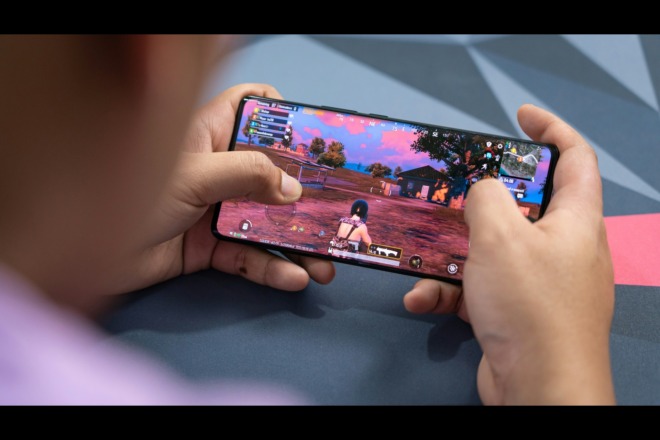Scarcity marketing is about limiting how much of something is available to consumers so they want what no one else can have. For example, you might offer a limited-edition color or a limited-time promotion of one of your most popular products. Scarcity marketing isn’t a new idea. As far back as 1975, psychologists Adewole, Lee and Worchel conducted a study using two cookie jars. They placed two cookies in one jar and 10 in the other. Though the cookies were the same, participants preferred the cookies in the jar with only two because they saw them as more desirable. Over the years, marketers have utilized scarcity marketing to drive sales, grab interest and make their products coveted by their target demographics. If you haven’t yet tried scarcity marketing, consider implementing it in the following ways.
1. Define the Urgency
If you’re new to marketing, you may think the discount on an item is what drives sales. In actuality, it isn’t the discount but the urgency of the discount that causes people to buy. The user must fear they’ll lose out on a limited deal if they don’t go ahead and make a purchase right away. Price cuts work on the psychological principle of scarcity. The customer must know when the sale ends to feel that sense of urgency.
2. Use Images
People process images much better than text. Whenever possible, use an image to highlight the special offer. If you’re giving users a percentage discount, then add an infographic image to illustrate the discount. It is also helpful to define how much the user saves. For example, instead of writing “10 percent off,” write “save $100 now.” Play around with the wording and conduct some split testing until you find words that resonate with your audience.
3. Limit Quantity
Another effective scarcity marketing technique is limited to the number of items available. Come out with a limited edition of one of your products or limit the number of registrations for a conference. A limited quantity makes your audience feel they are part of an exclusive club not everyone has an opportunity to join. Quantity scarcity is accomplished in many ways, but one of the most common is simply showing how many of something is left, such as “only two of this product remaining” or “only two seats available.”
4. Start a Ticking Clock
Another tactic you can utilize for abandoned carts is to email the shopper and let them know you’ve saved their cart but will only keep it for the next 48 hours or whatever your designated time limit is. If you also want to offer a discount at this time, you should limit the discount only to apply while the cart remains saved. Start that ticking clock, and let the user know they have X hours to finish their purchase and receive a discount, which can be completed with just a few simple mouse clicks.
5. Offer Limited-Time Bonuses
Another way you can utilize scarcity is by offering free, limited-time gifts with purchase. This tactic works well on websites, in physical stores and on social media. The item you’re offering as a bonus must be desirable enough for invoke the user’s fear of missing out — or FOMO — and jump on the bandwagon. You’ve probably noticed department stores and retailers such as Ulta and Sephora often offer gifts with purchase. The rewards are limited while supplies last and vary from month to month and season to season. This type of limited bonus could be offered with both physical goods and intangible services.
6. Show What’s Left in Stock
Another way of showing scarcity is by listing how many of a specific color or size of an item are left in stock. Showing quantity, especially as it begins to dwindle, creates a desire for a particular product. You could even slightly discount a color shirt that isn’t moving as fast as the others. As it begins to sell at the lower price, show its scarcity, which should make it more desirable to buyers.
Urgency and Scarcity Go Hand-in-Hand
Scarcity marketing is all about creating a sense of urgency. If the consumer doesn’t jump at the opportunity, they are going to miss out on something special. You can use numerous methods to instill FOMO in users. Try one or several of the methods listed above. Be honest and upfront about what you do and don’t have available and how long a discount lasts. Users prefer authenticity to any other marketing method. If users can’t trust you, they’re unlikely to do business with you. As with any marketing method, be genuine and truthful while applying the above techniques.
CHAPTER 5: Brand Marketing CHAPTER 7: Transactional Marketing
The Small Business Marketing Guide: Introduction
Chapter 1: Successful Viral Marketing Campaigns
Chapter 2: Influencer Marketing
Chapter 3: Conversational Marketing
Chapter 4: CMS Marketing
Chapter 5: Brand Marketing
Chapter 6: Scarcity Marketing
Chapter 7: Transactional Marketing
Chapter 8: FOMO Marketing
Chapter 9: Neuromarketing
Chapter 10: Close Range Marketing
Chapter 11: Guerrilla Marketing
Chapter 12: Word-of-Mouth Marketing
Chapter 13: Target Marketing
Chapter 14: Diversity Marketing
Chapter 15: Undercover Marketing
Chapter 16: Cause Marketing
About The Author
Eleanor Hecks is the Editor-in-Chief of Designerly Magazine, an online publication dedicated to providing in-depth content from the design and marketing industries. When she's not designing or writing code, you can find her exploring the outdoors with her husband and dog in their RV, burning calories at a local Zumba class, or curled up with a good book with her cats Gem and Cali.
You can find more of Eleanor's work at www.eleanorhecks.com.


